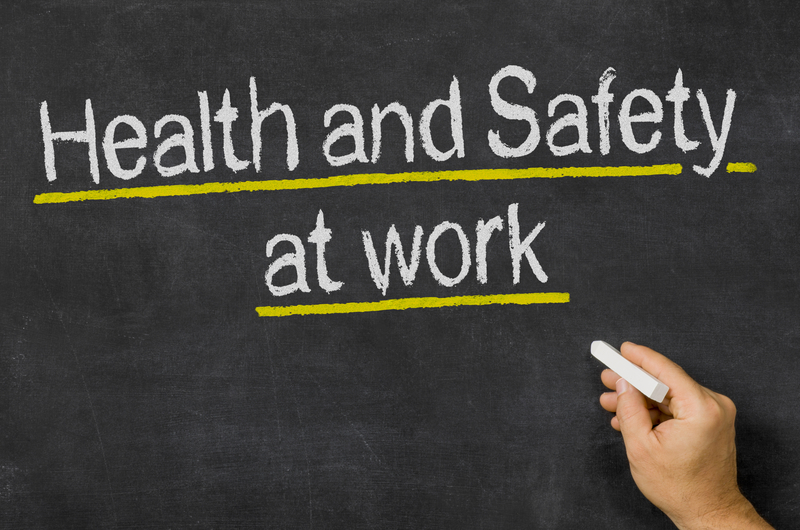Many people find health and safety regulations quite tedious, but they exist for good reason. Protective and preventative measures against accidents or serious injuries are an essential part of your rights at work, so it’s important to know which steps you and your employer should be putting in place.
What are the consequences of serious accidents in the workplace?
- The negative impact, serious injury or even death to those involved
- Tainted overall employee morale
- Serious cost implications if compensation is claimed
- Damaged working relationships
- Loss of confidence
Do I need to provide my own PPE?
The law states that employers must provide staff with appropriate Personal Protective Equipment (PPE) from a certified supplier to protect against hazards at work.
For instance, it’s a legal requirement for an employer to provide hearing protection if employees are regularly exposed to volumes exceeding 85 decibels. You are allowed to provide your own PPE, but in any hazardous environment, you won’t be expected to.
Who’s responsible?
If you’re unlucky enough to have a serious accident at work, it’s never possible to pin down responsibility on just one person. It’s up to the employer to ensure that their employees can carry out their tasks safely, without the risk of injury or consequential illness.
However, you still have a duty to protect yourself and others around you, and in any workplace, you’ll be expected to:
- Take reasonable care of your own safety
- Avoid wearing loose clothing or jewellery while operating machinery
- Tidy or tie up long hair
- Report any injuries or accidents immediately
- Ensure that your employer is aware of any circumstances that could affect your ability to work safely, including pregnancy
What should my employer be doing?
To meet appropriate health and safety responsibilities, employers should carry out the following duties:
- Carry out risk assessments
- Consult employees about health and safety, requesting feedback
- Work alongside suitable contractors and suppliers
- Write, share, and update relevant health and safety information
- Provide safety equipment and protective clothing
- Implement health and safety training for staff
What are the best ways to minimise risks?
Health and safety should be equally focused on preventative measures, which have often been identified as the missing puzzle piece after major incidents. Current workplace regulations focus on temperature, lighting, cleanliness, and seating, but it’s also crucial to focus on fire hazards and the risk of employees falling from a height.
With thorough and frequent safety checks, any working environment is guaranteed to be a safer place for workers to thrive in. Both employees and employers are responsible for this, so it’s important to keep on top of your rights and responsibilities.
